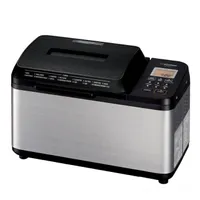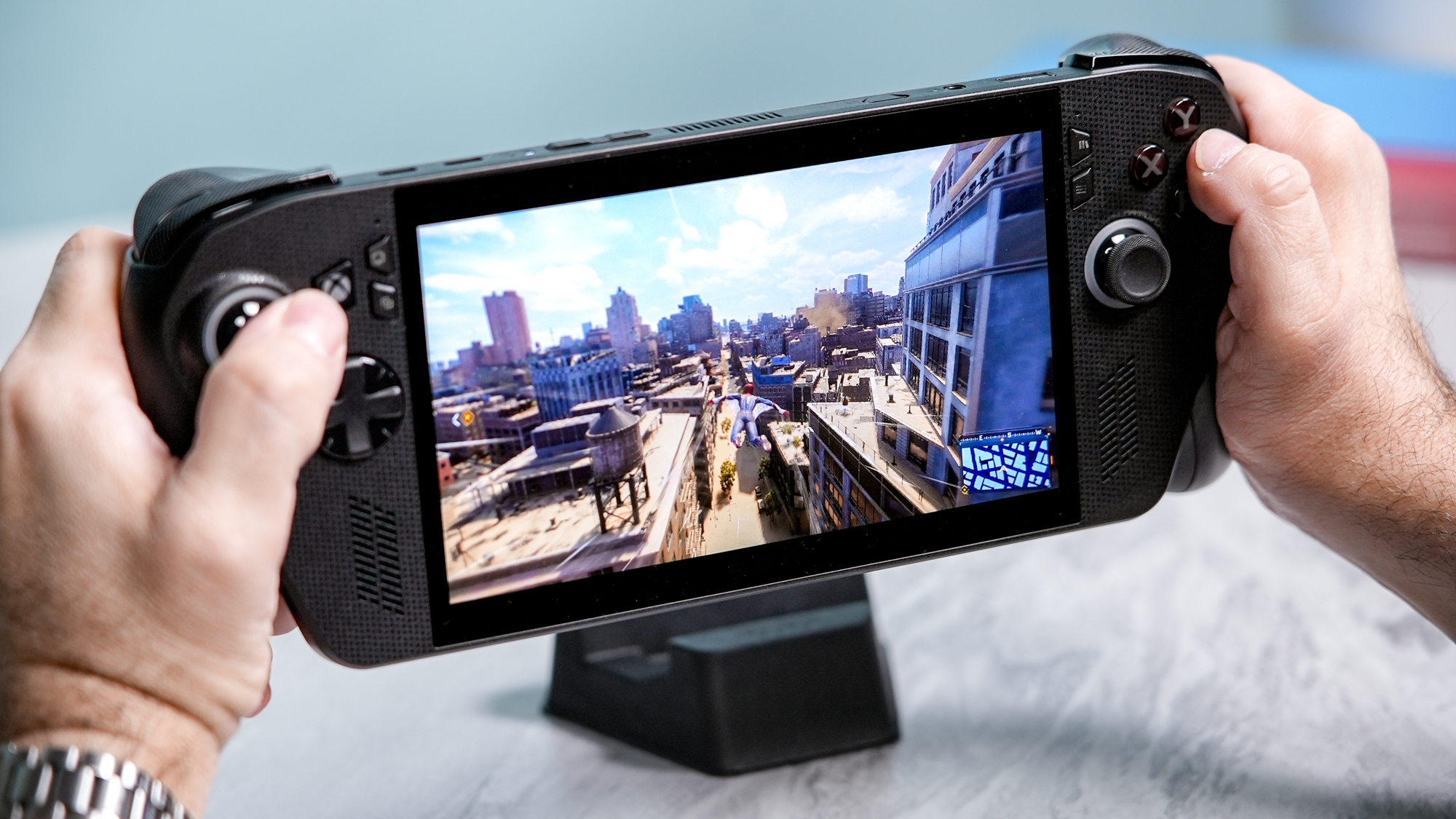I use my bread machine every day — here are my top 7 tips if you're buying one for the first time
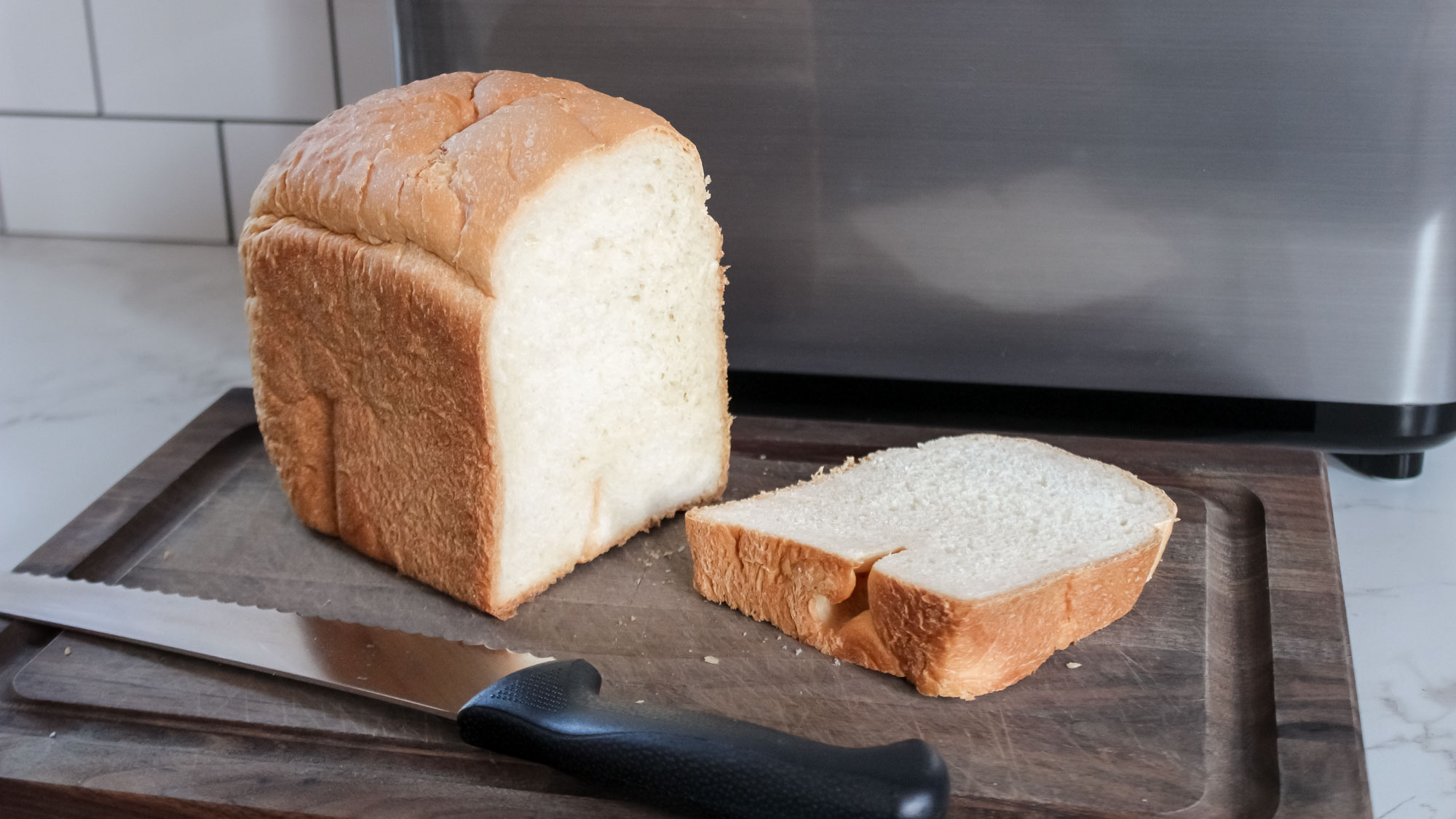
Who doesn’t love the smell of freshly baked bread? Something about the delightful aroma evokes a sense of comfort and that all is well with the world. I get great satisfaction from making homemade bread, but I don’t often have the time to bake a loaf from scratch. So, most days, I call on one of the best bread machines to lend a hand.
The advantage of using a bread machine is that you can add all the ingredients, set the required program, and leave the appliance to do the rest. You can forget clock-watching, kneading the dough, and checking in during the prove to see if the yeast is doing its job. Everything is taken care of for you.
If you enjoy the smell of freshly baked bread and are looking at buying a bread machine to start your own mini bakery at home, you might be wondering what features to look out for. Here's the advice I'd give myself if I were to go back and buy a bread machine for the first time.
1. Size it up
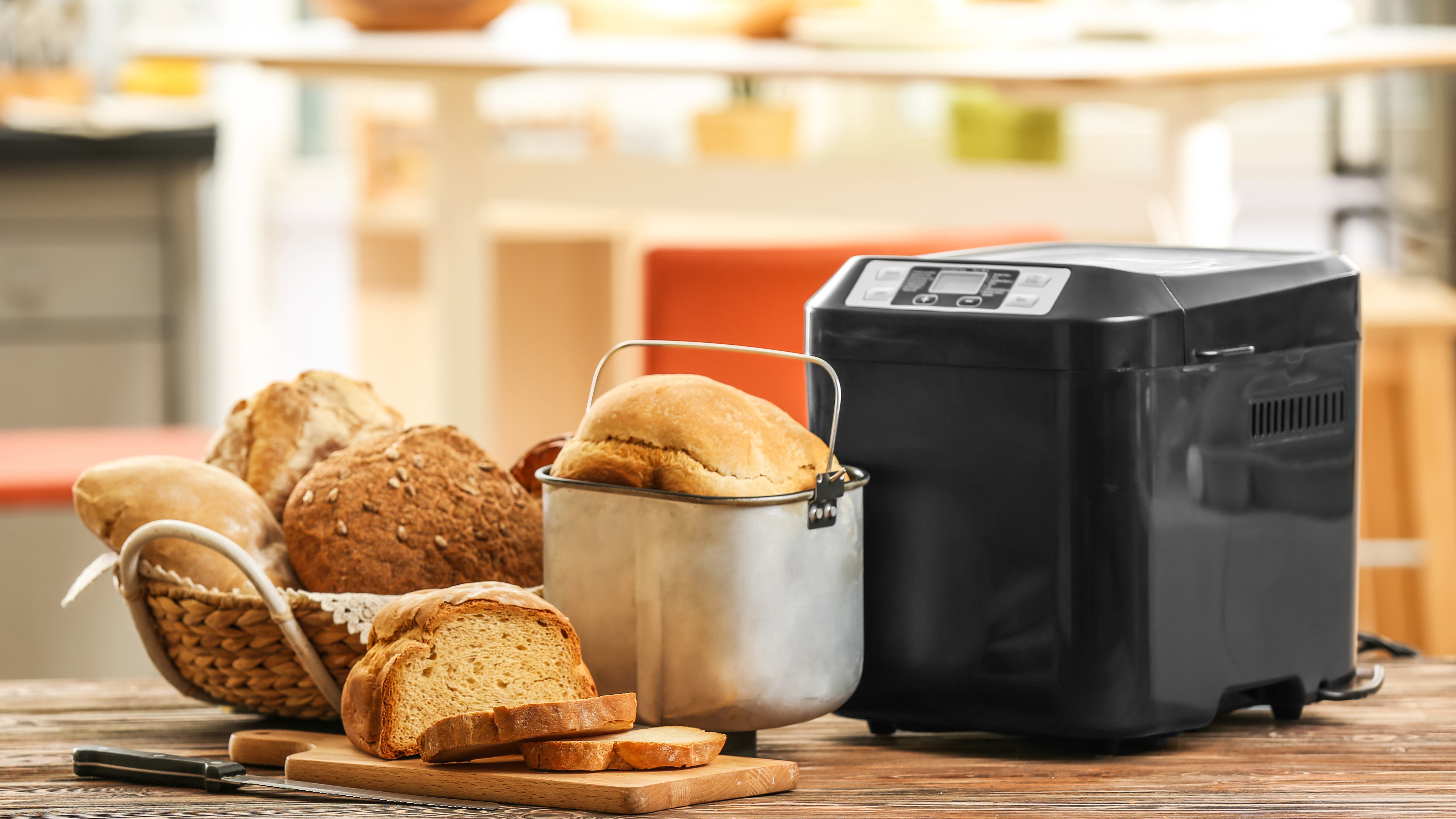
Bread machines are much bigger than the loaves you make, so ensure you check out the appliance’s dimensions before making a purchase. As a guide, I own Breville’s Custom Loaf bread machine, which can make up to a 2.5-pound loaf. However, it takes up a hefty amount of my countertop, measuring 16.4 x 9.6 x 13.3 inches.
If space is an issue, plenty of compact bread machines are available, including Cuisinart’s Compact Automatic Bread Maker, which can still produce a 2lb loaf, but measures 10.25 x 13.25 x 11.25 inches.
And, if you intend to use a bread machine more than once a week, I recommend keeping it out on your countertop, because if you’re anything like me, once an appliance gets stored in a cupboard, it easily gets forgotten.
2. Loaf size
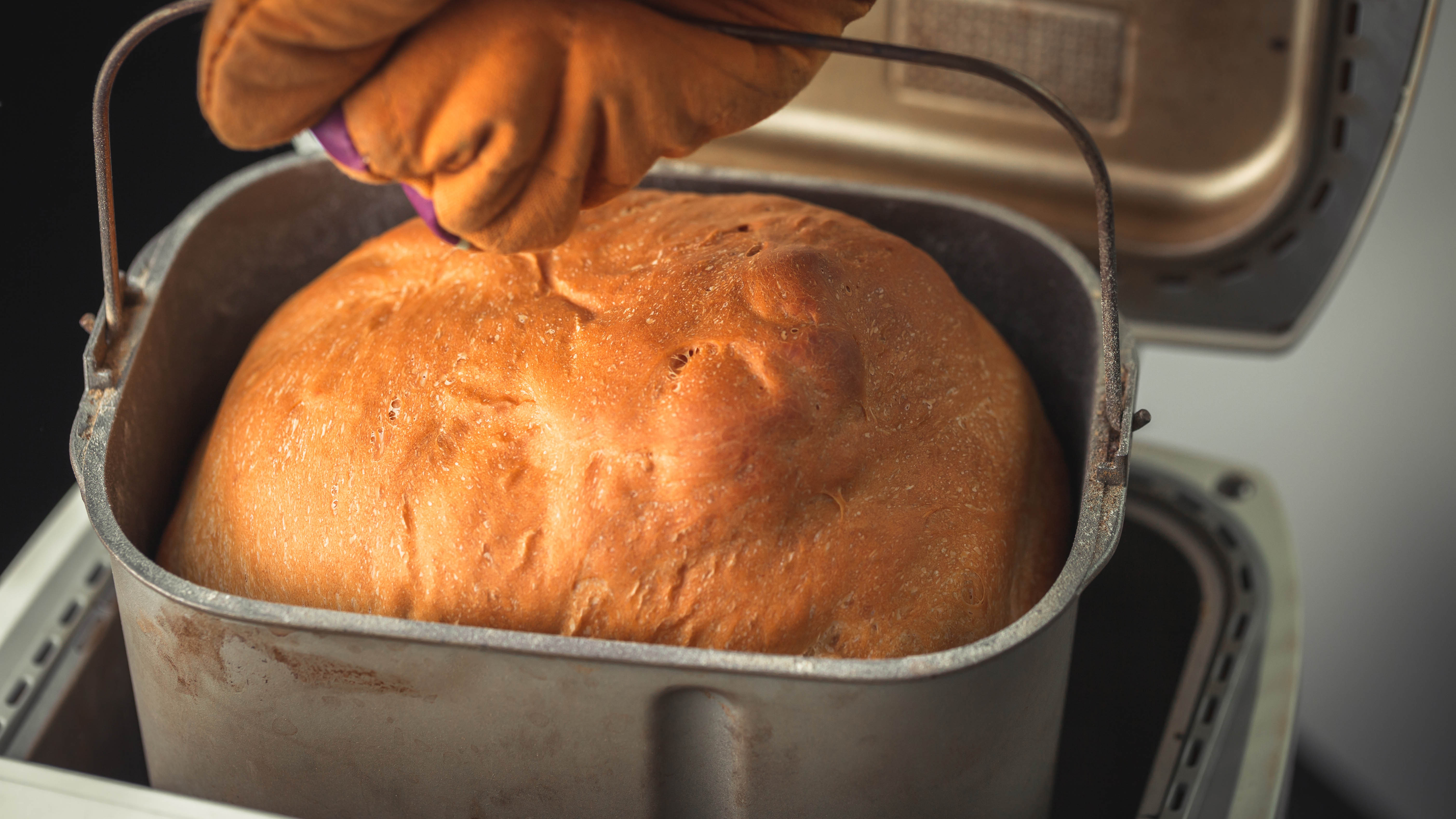
You’ll also want to decide what size loaves you want to bake. If you’re baking for one of two, you may be happy with a small bread machine that bakes loaves between 1-2lbs. However, if you have more mouths to feed or eat bread for breakfast, lunch and dinner, you’ll need to upsize to a bread machine with a larger capacity, such as West Bend’s 3lb Hi-Rise Bread Maker.
Get instant access to breaking news, the hottest reviews, great deals and helpful tips.
However, homemade bread doesn’t contain preservatives like shop-bought loaves, so bear in mind that it won’t last as long. So, whatever bread you make will need to be eaten up within a few days.
3. Viewing window
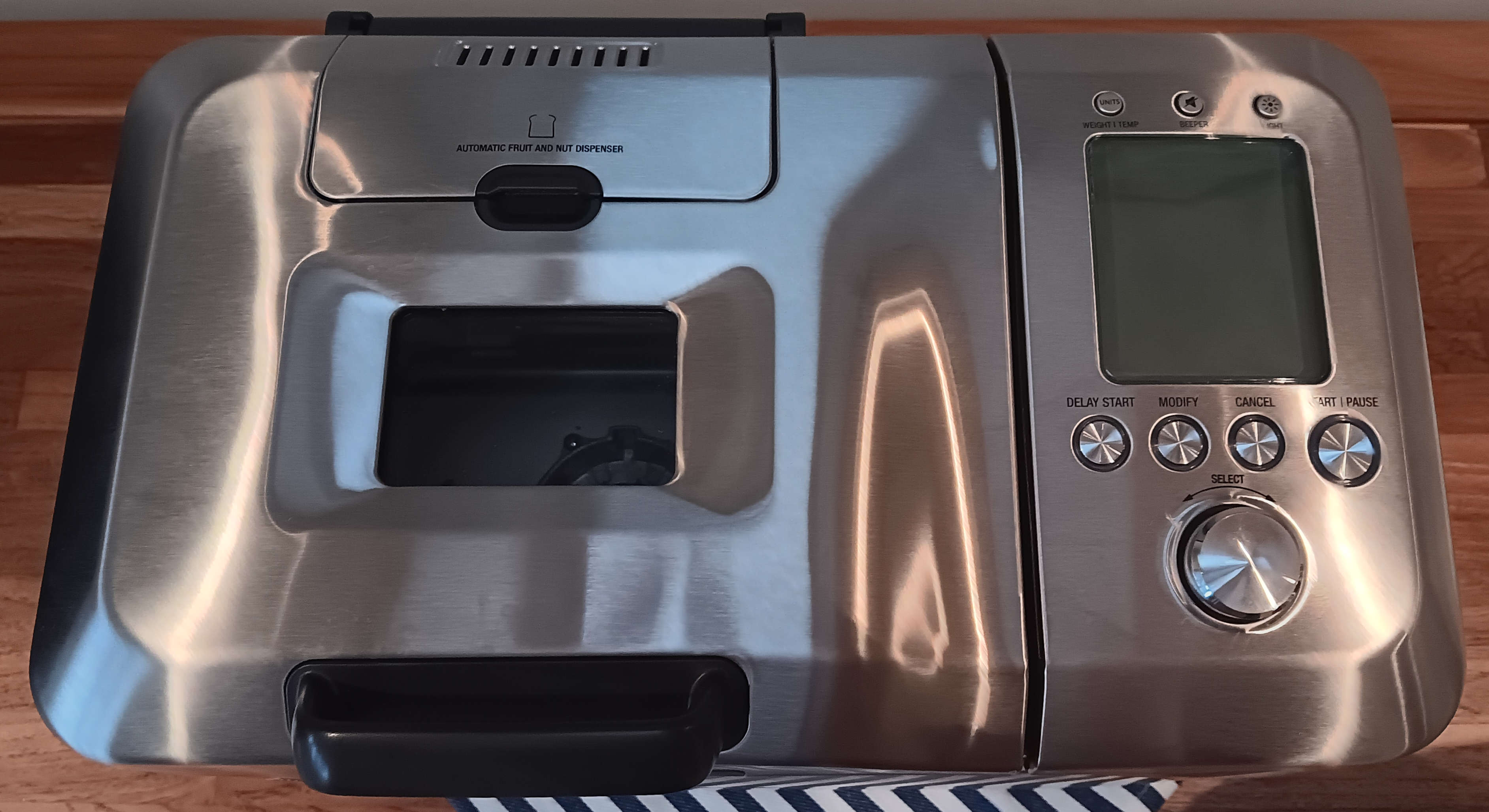
Although the idea behind a bread machine is that you can leave it be and get on with another task, as I always find the result reliable and consistent, I’m still tempted to take a peek at the progress. But, this isn’t advised during the bake, as it can cause heat to escape, affecting the baking process and potentially leading to an uneven loaf. At the same time, condensation can also gather, resulting in a soggy loaf.
The best way to overcome this issue is to buy a bread machine with a viewing window. This way, you can check that the ingredients are being mixed properly, and that the dough is rising and baking as it should.
4. Paddle power
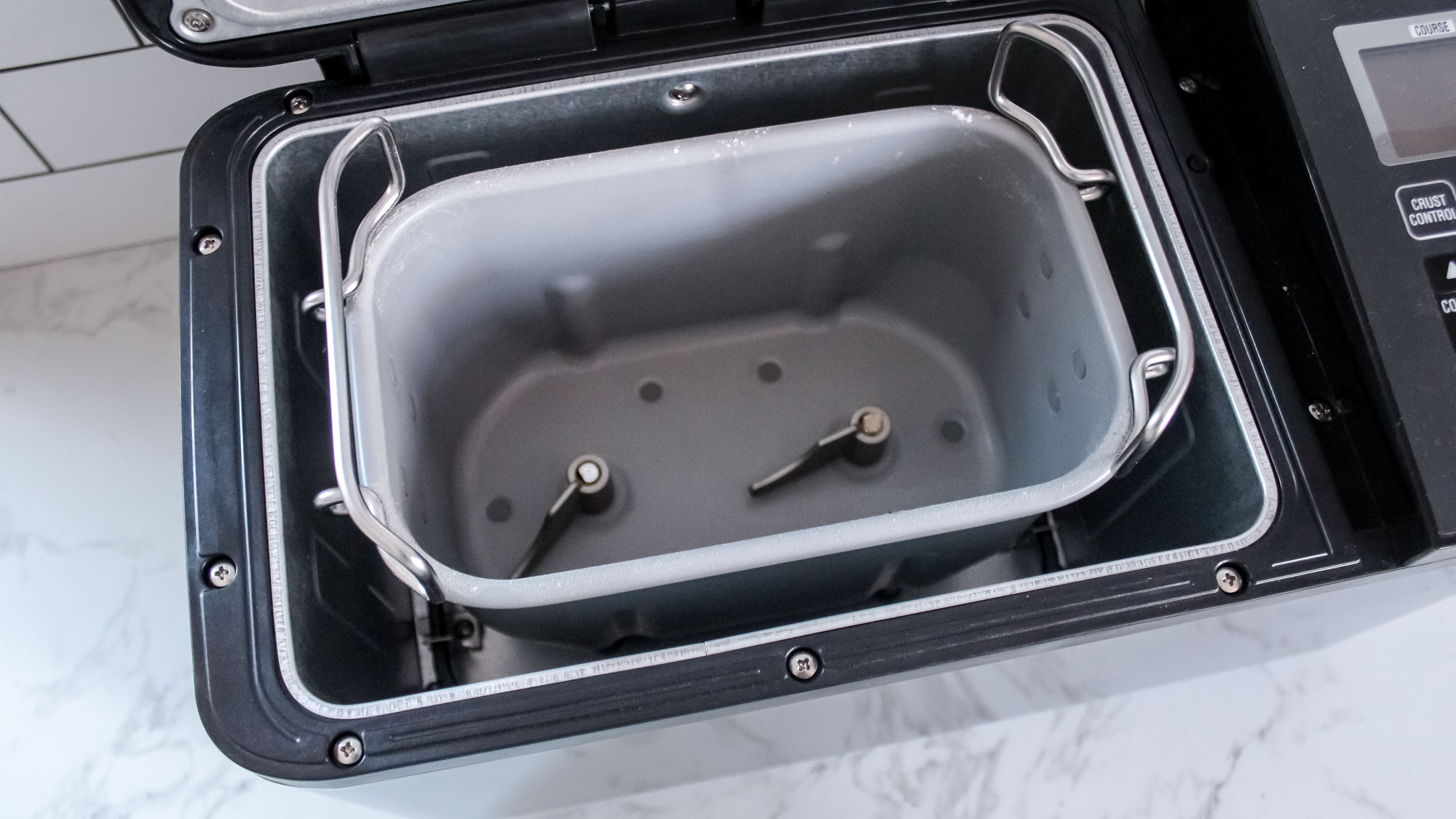
The paddle is placed at the base of the bread pan and plays a vital part in making the bread. Not only does it rotate to incorporate the ingredients at the beginning of the process, it’s there to knead the dough.
However, if you are opting for a bread machine with a large capacity, one paddle might not be enough, especially if the pan’s base is large. In this scenario, you’d be wise to look for a bread machine with two paddles. This will double up the mixing and kneading capacity and will ensure the ingredients are fully incorporated and the dough is properly kneaded — all helping to produce a better loaf. Zojirushi’s Home Bakery Virtuoso Plus Breadmaker is an example of an appliance with two kneading paddles in its bread pan.
Making a 2lb loaf, the Zojirushi Home Bakery Plus is rated as the best overall bread machine in our buying guide. It features 15 settings, a delay start, keep warm, and a gluten-free setting, plus more. During testing, it gave an excellent performance. It comes with a liquid measuring cup, nested measuring cups and a measuring spoon.
5. Delay start
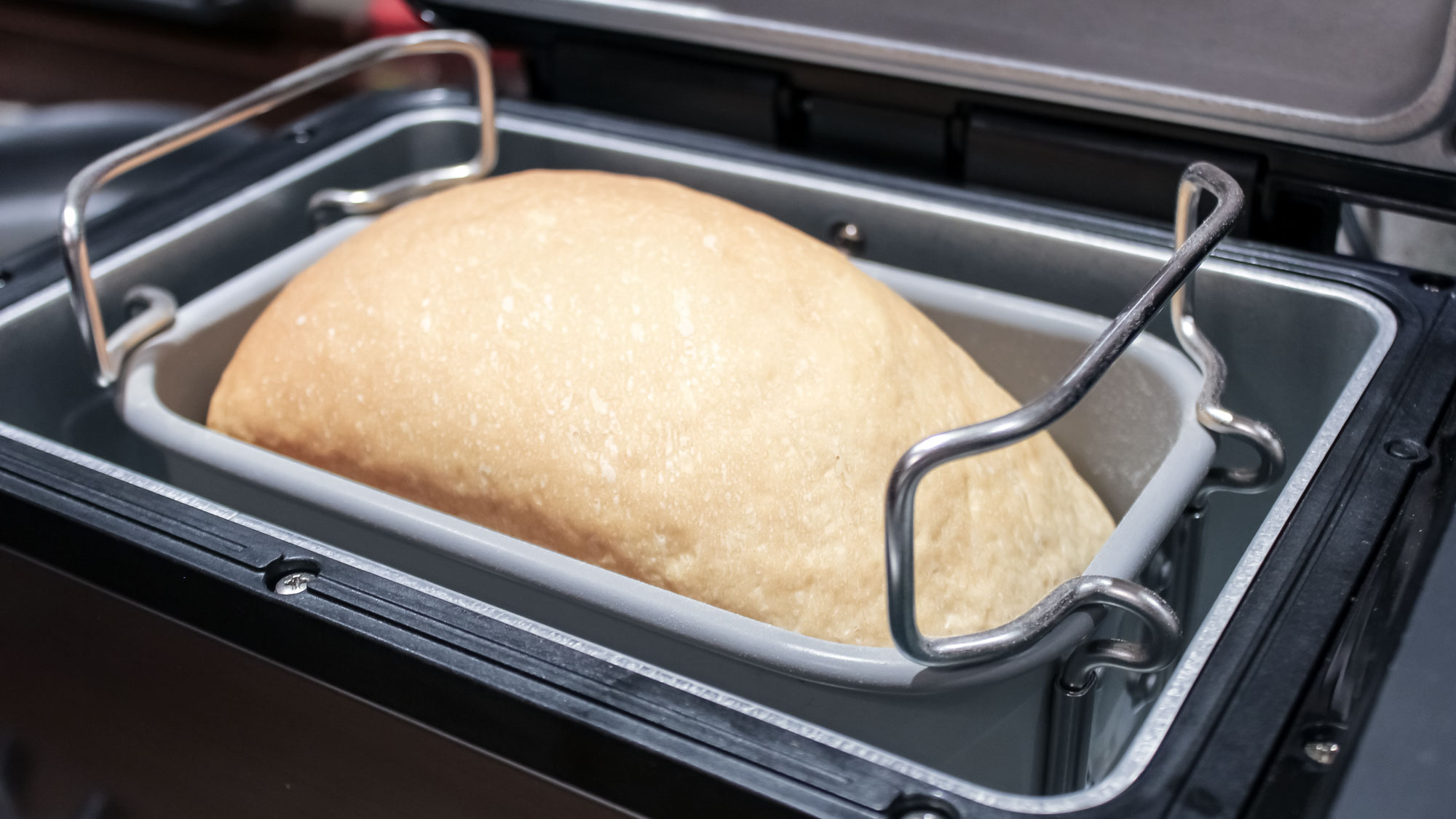
One function is well worth having on a bread machine, and it’s also my most favored feature on my washing machine and dishwasher. Delay start allows you to prep your bread machine without having to start it immediately.
I load my dishwasher before bed and set it to start at night when my electricity is cheaper. This way, I have clean dishes each morning, and I’ve saved money, too. The delayed start on my bread machine also gives me added flexibility. I can load up the ingredients in the evening, and by the morning, I have a fresh loaf ready for my marmalade on toast!
6. Program settings
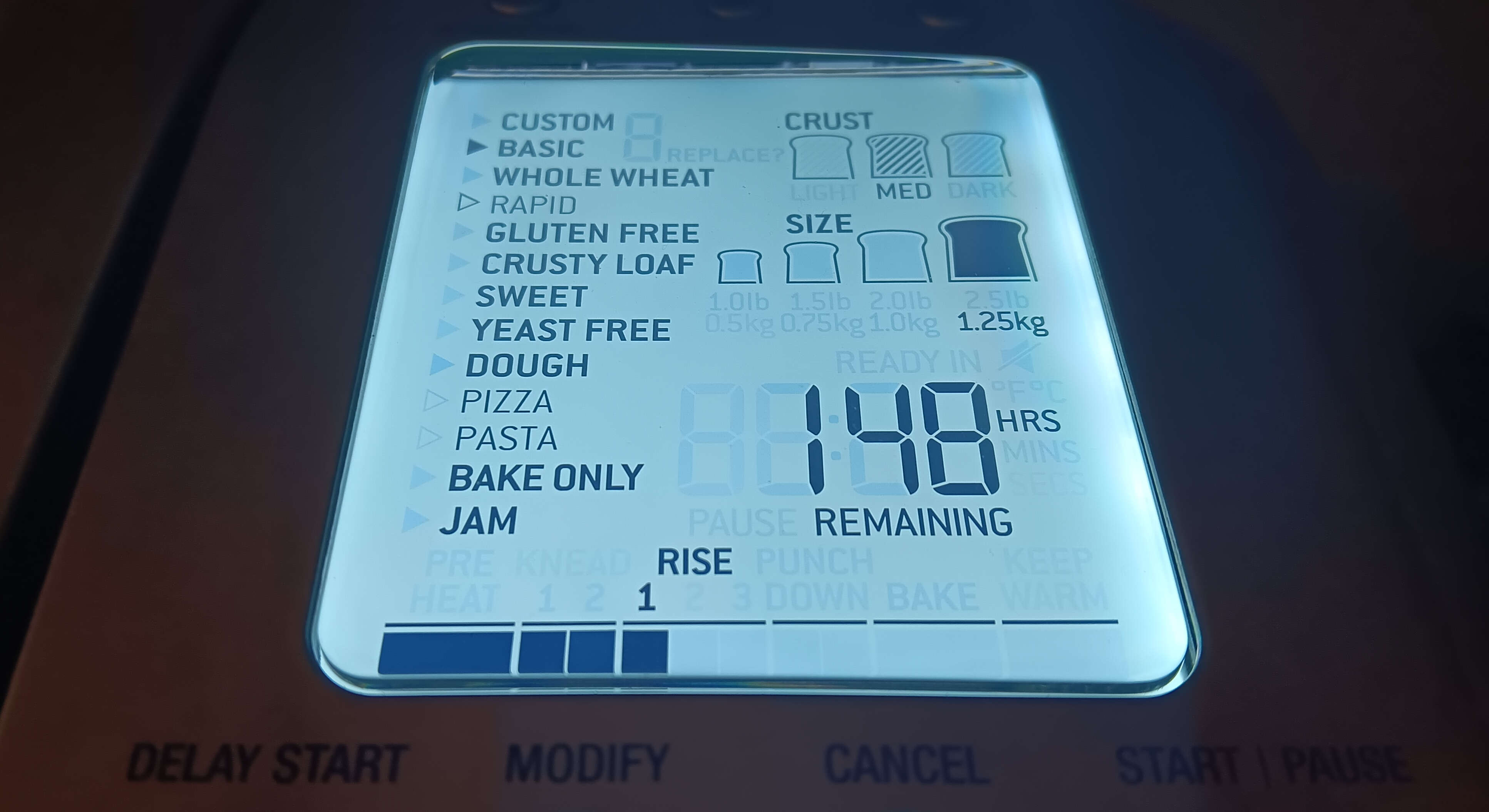
Even if you are new to bread making and have only made a few loaves by hand, consider what you might want to make in the future. I particularly value the ‘dough’ only setting, which allows me to rely on the bread machine to make the dough for sweet pastries, such as cinnamon rolls. I then complete the final stages by hand before baking the sweet treats in the oven.
I also often change the crust preference from ‘light’ to ‘dark’, or choose a program specifically for wholewheat or crusty white bread. I’m not one to make jam in my bread machine, but if this is something you’ll make use of, check that it’s offered as a feature.
7. Which way up?
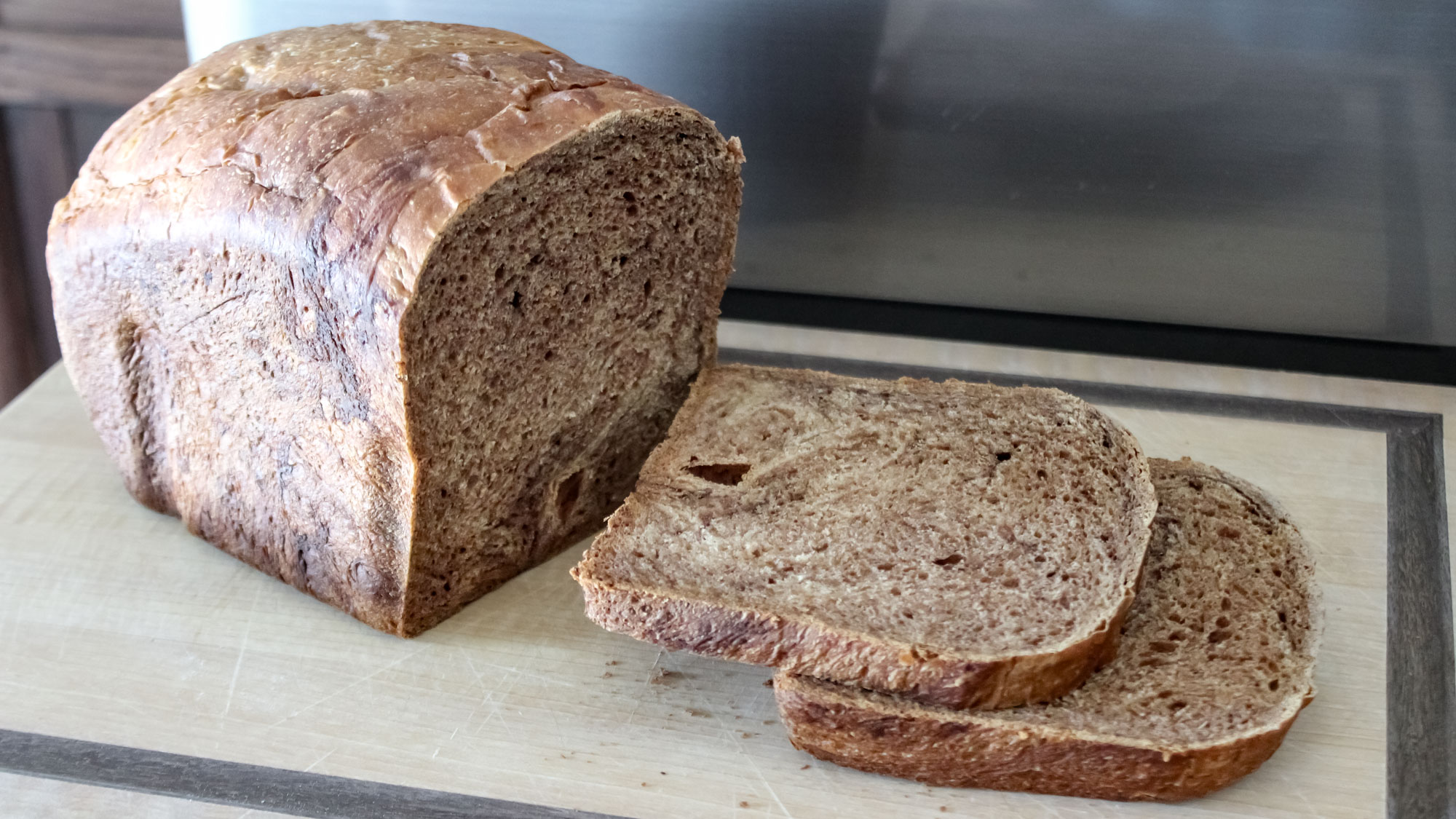
My bread machine has a large capacity and has a horizontal-shaped bread pan. I like that this gives me a standard rectangular loaf and produces squarish-shaped slices. However, some bread machines with smaller capacity produce vertical-shaped loaves.
Although this means the bread machine doesn’t have such a large base and takes up less real estate on your countertop, it can produce an odd-shaped bake. Bread is bread, and its shape shouldn’t cause a big change in taste, but if you are serving fresh bread to guests, you might prefer the look obtained from a horizontal pan.
More from Tom's Guide
- Discover 5 ways to make bread last longer
- And how to clean your bread maker in 5 simple steps
- Plus, bread machine vs oven — which is better?

Camilla is the Homes Staff Writer and covers everything to do with homes and gardens. She has a wealth of editorial experience, mounting over 30 years, and covers news and features, tests products for reviews and compiles buying guides.
Her work has appeared in business and consumer titles, including Ideal Home, Real Homes, House Beautiful, Homebuilding & Renovation, and Kitchen & Bathroom Business. She’s even appeared on the cover of Your Home, writing about her own house renovation.
Although she’s obsessed with decorating her home, she also enjoys baking and trying out the latest kitchen appliances. But when she’s not inside, you’ll find her pottering about in her yard, tending to her vegetable patch or taking in her prized hydrangeas.
You must confirm your public display name before commenting
Please logout and then login again, you will then be prompted to enter your display name.
